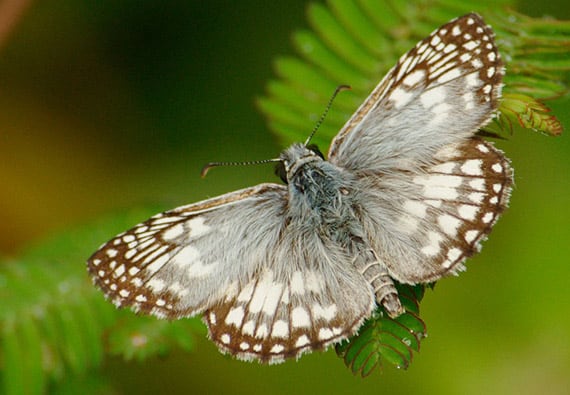The thread of land that connects the North and South American continents is called Central America. Costa Rica has enormous diversity of flora, fauna, climate and geographical features. Its climate is very extreme and tropical, making some moths differ slightly from the pattern of an identified species. “The grand diversity of habitats significantly contributes to making Costa Rican moths the way they are,” said Dr. Adamski. Using a microscope, he checked for characteristics to help identify a series of similar patterns developed by a certain species or differences in genital structure. Differences are of utmost importance in determining the species of moths. It takes patience and care.
A Moth Named Ralph?
Have you ever wondered how an insect is named?
Dr. David Adamski, a scientist who studies butterflies and moths (Lepidopterist), discovered 300 new species of moths in Costa Rica during the winter of 1999. Naming each one presented a problem: you can’t just name a moth “Ralph” and move on. To enter a new species into the scientific record, it must bear a name with a Latin ending. For example, a moth named for “Alex” might be named Alexius.

Trying to get rid of moths for good?
Get a FREE Quote & BEST PRICE from a local exterminator
(866)-470-1609Available Next Day
No Obligation Assessment
Guarantee Results
Costa Rican moths are strikingly beautiful, irreplaceable, and difficult to collect. Nets are strung across a wide expanse, forming an inescapable trap. As the sun sets, a light is put into position on the opposite side of the net. In the dead of night, the light is turned on and the moths are attracted to the collecting nets.
Dr. David Adamski decided to honor the people of Costa Rica in naming his newly discovered moths.
“My purpose is to give these moths names that are unique and also complimentary to the geography, people and culture of Costa Rica.”
